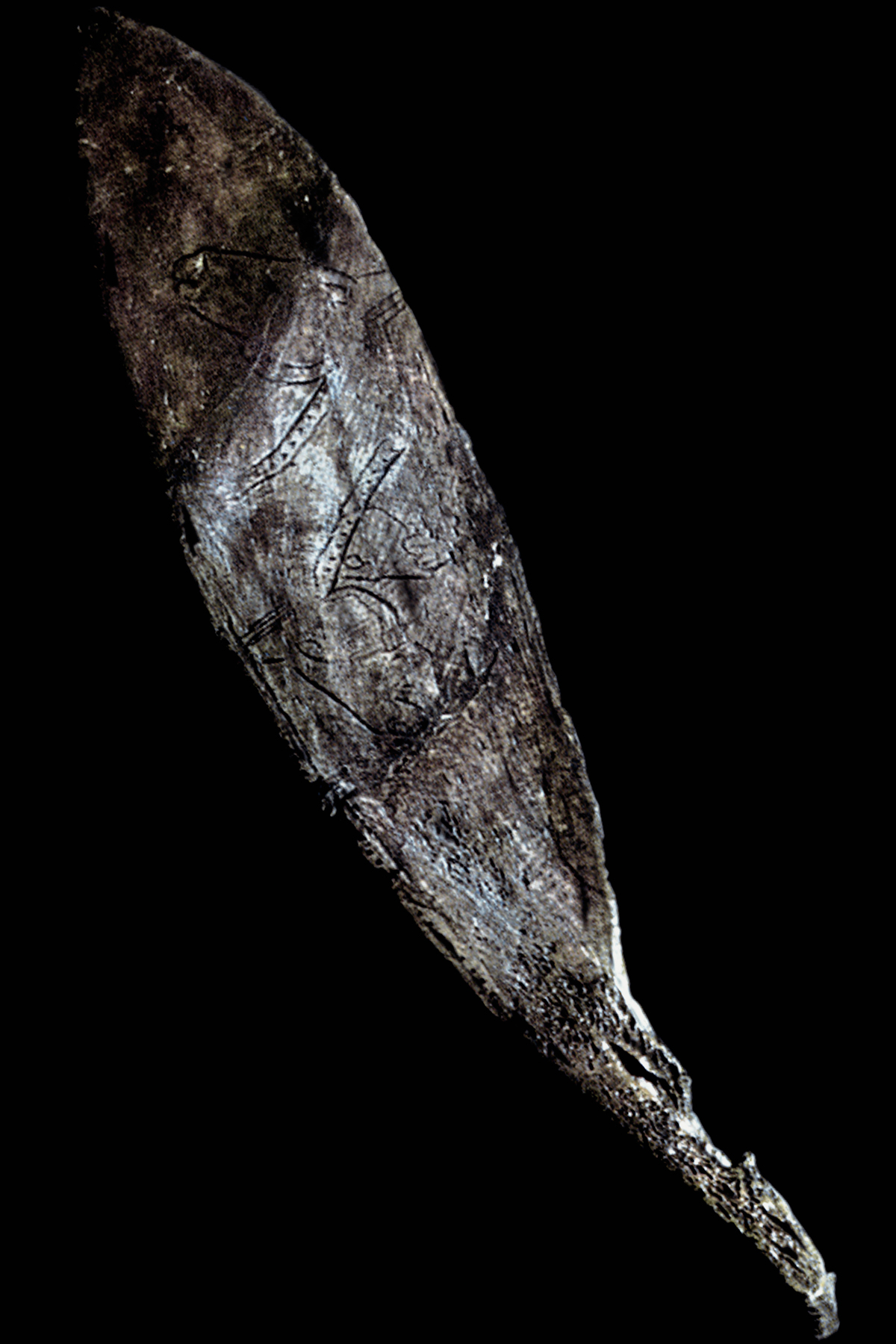


Sculptures of the Ice Age
Sculptures of the Ice Age - Exploring the Deeper History of Art
Pekárna Horse Drawn on a Horse Jaw
Magdalenian 13,000 years old

Pekárna Cave, Moravia, Czech Republic.
Brno Museum, Czech Republic.
Dimensions
Height : -
Width : 29 cm
Thick : -
Magdalenian
The most widely-spread and best-known Palaeolithic culture, which started around 17,000 years ago and ended around 11,000 years ago. Its name derives from the La Madeleine site in Dordogne, France. Some of the high points in cave art in all its forms - sculpture, black drawings, polychrome painting, modelling and engraving - are to be found in this period.
Source: Dr Jean Clottes